How the Long-Hated Boat Shoe Became Summer’s Coolest Style
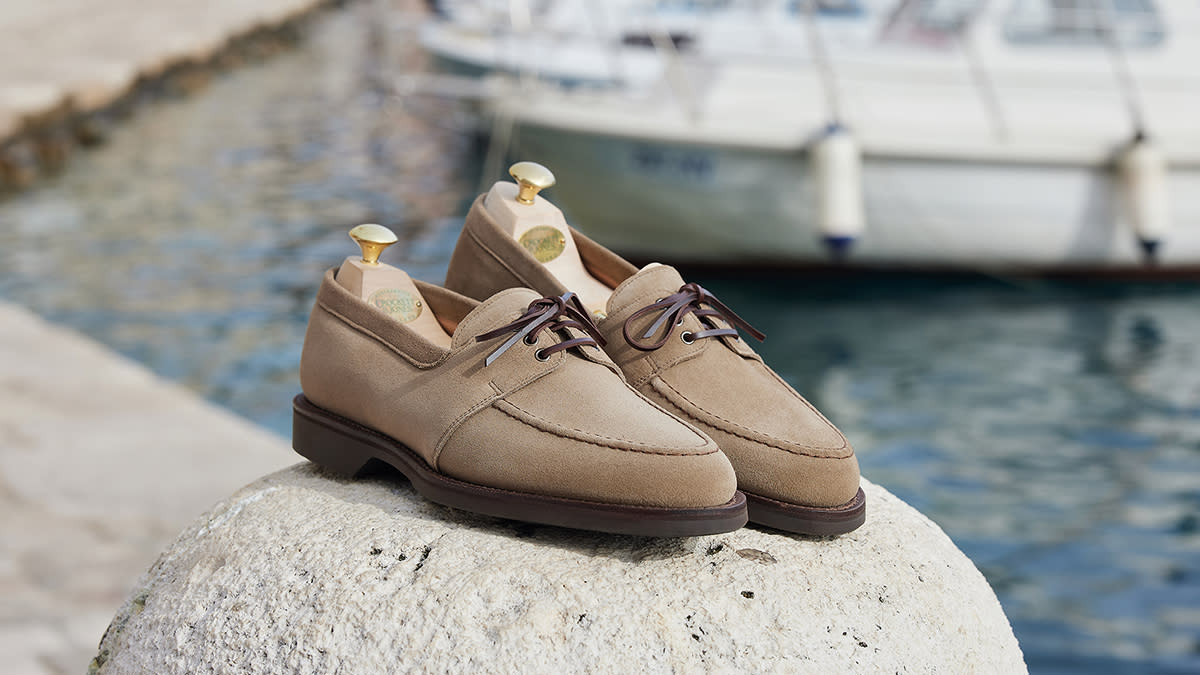
Few footwear styles have earned more derision than the boat shoe. Critics alternatively dismiss them as slovenly—the sans-sock choice of collar-popping frat bros everywhere—and as a marker of WASP pedigree at a time when “privilege” has become a four-letter word.
And yet, boat shoes seem to be popping up everywhere this season, proffered by luxe fashion houses such as Loro Piana or Saint Laurent and cult Japanese designers including Visvim and Yuketen. In the surest sign yet that the style may have found a safe harbor, Crockett & Jones—a royal warrant-holding firm not known for chasing trends—has added a boat shoe to its own assortment.
More from Robb Report
10 Pairs of Leather Sneakers You Can Wear With Almost Anything
Robb Recommends: The Armoury's Latest Dress Shoe Delivers Style and All-Day Comfort
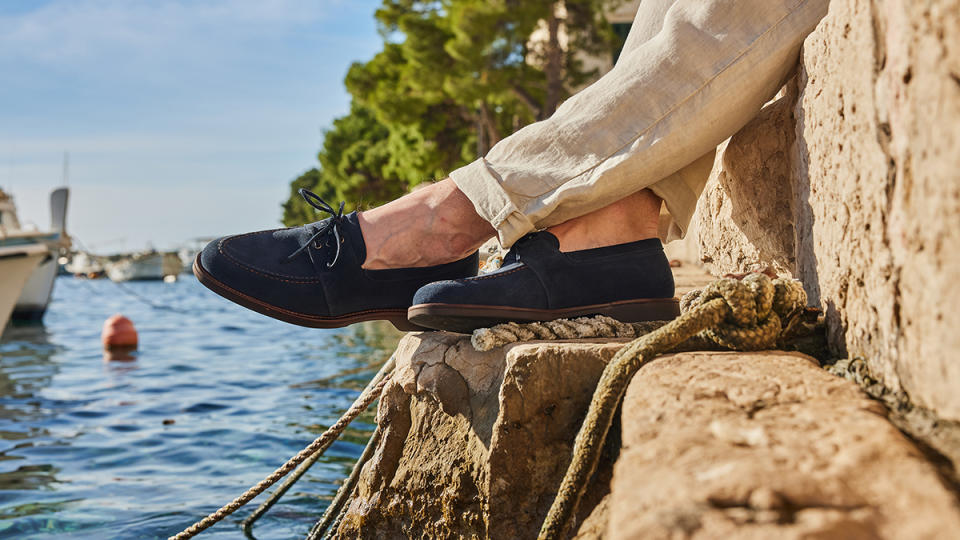
Admittedly, the Northampton maker’s Falmouth model, which matches a brand-exclusive wedge sole to a dressier loafer shape, is a far cry from the shoe Paul Sperry invented in 1935. But that it’s fallen under the “boat shoe” aegis is a testament to the style’s place in our culture and its power to attract—and repel.
“I don’t really know why people like or dislike certain things… but one thing I’ve heard is that sometimes the style represents a side of life or a group of people that didn’t feel inclusive of them,” says designer Chris Echevarria. “It’s often marketed as a shoe with rules (i.e., socks on vs. socks off) that often parallels how you are expected to style them. Bottom line, people hate rules.”
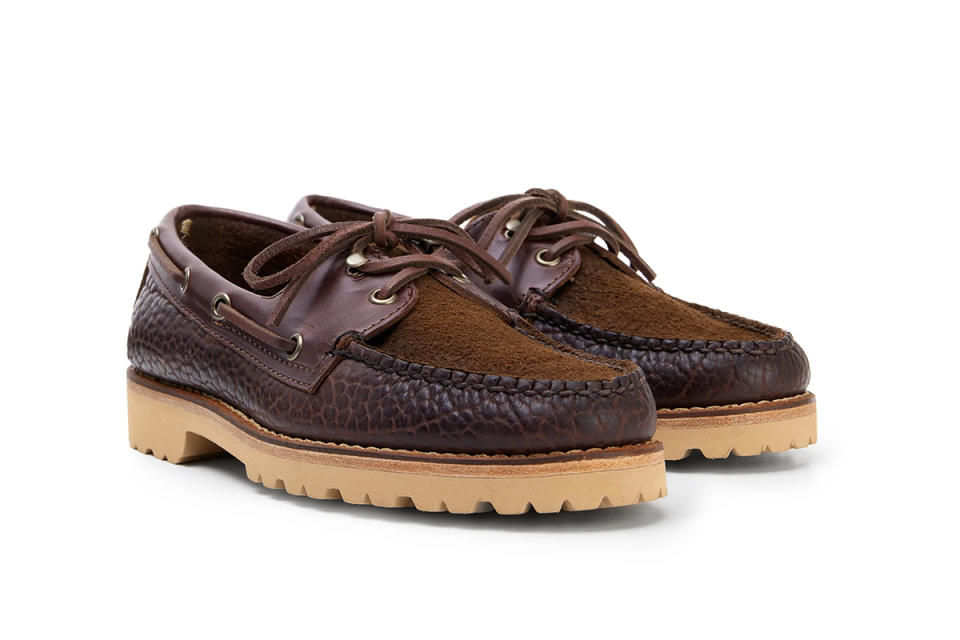
But Echevarria, founder of the “post-sneakers” loafer brand Blackstock & Weber and its rebelliously preppy sister label Academy, found himself uniquely position to change said rules. When he was appointed the creative director of Sperry’s Made in U.S.A. line last August, he devised his own interpretation of its Authentic Original. The style, introduced in January, is made by Rancourt in Maine using an archival last, a tumbled bison leather upper, and a chunky Vibram outsole. It’s a beefier boat that Echevarria views as both a nostalgic nod to the style’s past and a better fit for contemporary wide-legged pants.
“We brought back the original made in U.S.A. last for this project, and it turns out that from a silhouette perspective, it’s exactly what I would have wanted changed about the current design,” he says. “Broadening the field of vision on what the shoe looks, feels like, and represents was really important to me.”
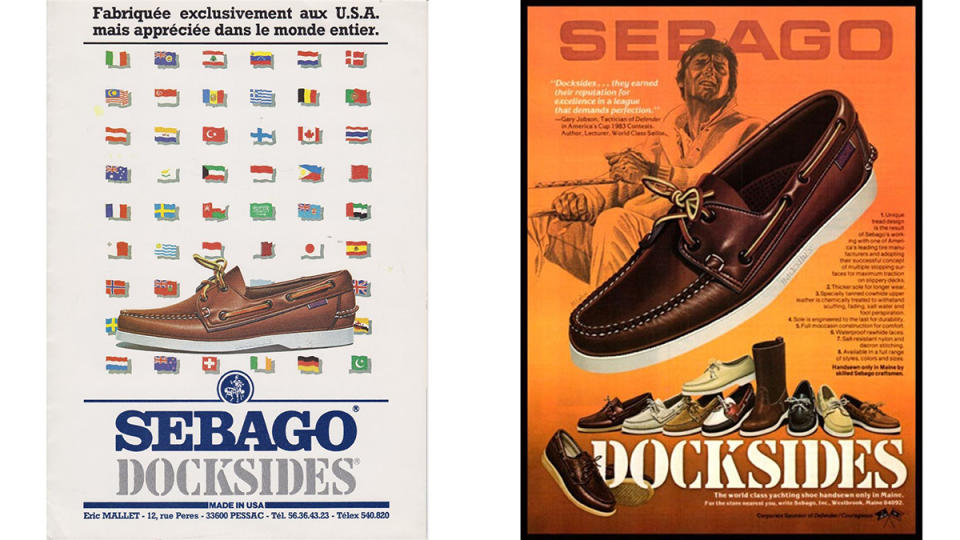
Meanwhile, Sperry’s longtime competitor Sebago is riding the new craze for preppy American style—in Europe. The brand, which was founded in Maine in 1946 and introduced its Docksides boat shoe in 1970, was acquired by Italy’s BasicNet Group in 2017. In the years since, the retail group has revitalized Sebago as a full apparel brand with stores across western Europe and in South Africa, with the Docksides—and all its associations—front and center.
“For us, it was a full lifestyle brand,” says Sebago creative director Marco Tamponi. “So, the first thing was to create the imagination behind the brand, the landscapes of Maine, the landscapes of Portland, and to push this aspirational world of America, the East Coast American lifestyle.”
Although Sebago’s boat shoes are now made overseas, primarily in the Dominican Republic, Tamponi and his team returned to Maine to uncover the style’s DNA. After locating the original lasts, they took additional steps including increasing the thickness of the leather to align the modern Docksides with its ‘70s incarnation.
While Tamponi testifies that the present Euro-prep craze extends to wearing Harvard and Yale sweatshirts—even for those who didn’t attend either university—he admits to the aesthetic receiving some pushback in the U.S.
“Preppiness was a little bit too white, a little bit too conservative, a little bit too East Coast, a little bit too rich and posh,” he says of the perception, which he believes is being challenged by the words of Black Ivy author Jason Jules, with whom Sebago has collaborated, and the preppy leanings of pop culture icons including Pharrell Williams and Tyler, The Creator.
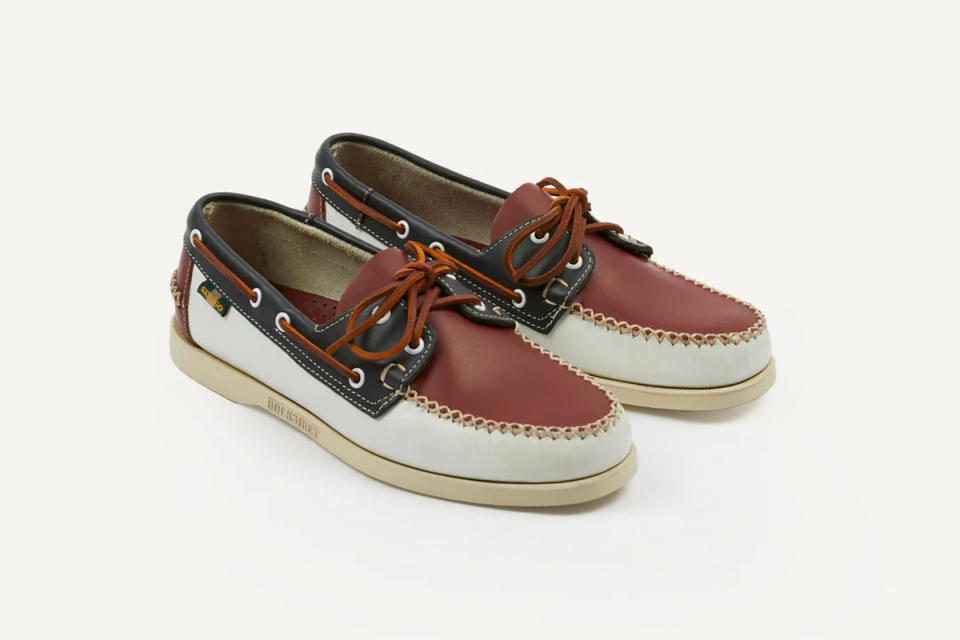
While the revivified Sebago has no stores in the United States, it has recently begun selling Docksides through O.G. Ivy style retailer J. Press and the U.K.-based menswear label Drake’s. In the case of the latter, the two brands collaborated on a capsule that yielded Docksides rendered in materials and finishes—such as a red-white-and-blue leather—selected by Drake’s creative director Michael Hill.
Hill, who says he grew up wearing Docksides, has a clear answer when asked how he sees his own interpretation being worn.
“On a deck with the sun shining, something cold in a bottle or a glass close to hand, with plans to head out on the water later. Maybe some oysters to go alongside it all?”
Surely, not even the most recalcitrant boat shoe-hater could argue with that.
Best of Robb Report
Sign up for Robb Report's Newsletter. For the latest news, follow us on Facebook, Twitter, and Instagram.

